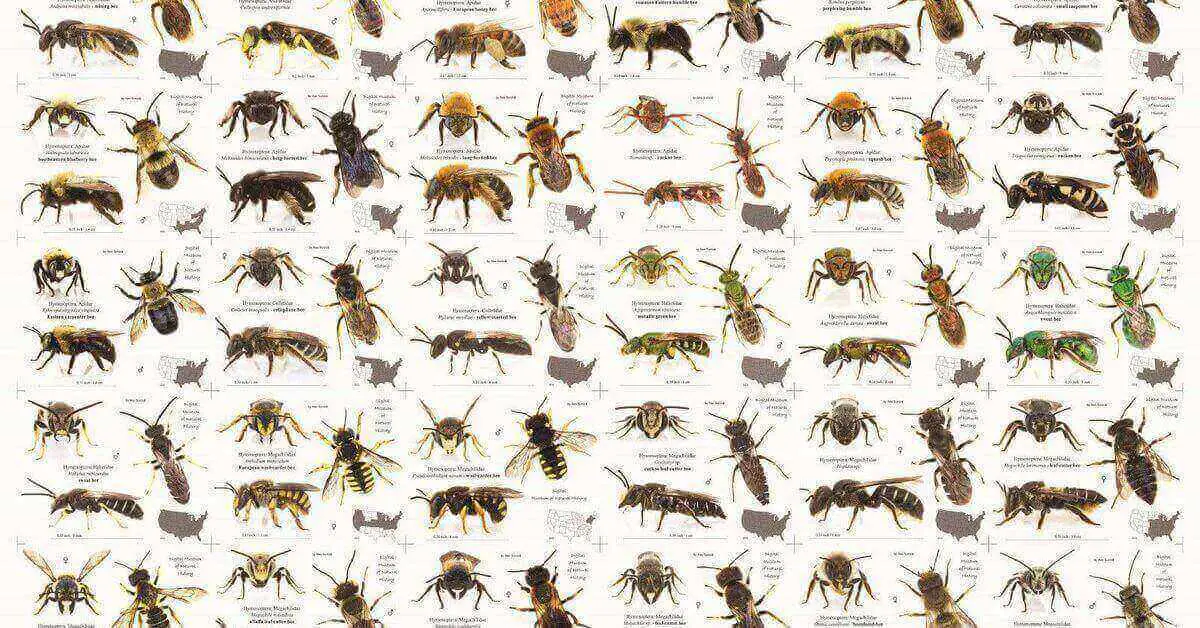Having a dog stung by a bee can be a distressing experience for both you and your furry companion. As a responsible pet owner, it’s essential to know the symptoms, treatment, and recovery time associated with a dog bee sting. In this blog, we will discuss each topic to help you handle such a situation effectively.
Dog Stung by Bee Symptoms
If your dog has been stung by a bee, it’s crucial to identify the symptoms promptly. Common signs of a bee sting in dogs include swelling, redness, pain, and possible hives or itching around the sting site. In some cases, your dog might paw at their mouth or face, indicating that the bee sting occurred in or around the mouth. Keep an eye out for any signs of allergic reactions, such as difficulty breathing, vomiting, or collapse, which require immediate veterinary attention.
Steps to Take After a Bee Sting
If you find that your dog has been stung by a bee, remain calm and follow these steps:
Check for the stinger
Unlike honeybees, most bees do not leave a stinger behind. However, if you can locate the stinger, use a credit card or tweezers to gently scrape it off the skin to prevent further venom release.
Apply a cold compress
To reduce swelling and ease the pain, apply a cold compress or ice pack wrapped in a cloth to the affected area for 5-10 minutes. Ensure not to apply ice directly to the skin.
Administer antihistamines (if recommended by the vet)
If your dog has a history of mild allergic reactions, you may give them an antihistamine, but only under the guidance of your veterinarian.
Dog Stung Care and Treatment
In most cases, bee stings in dogs cause mild discomfort and can be treated at home. However, if you notice severe swelling, signs of an allergic reaction, or if your dog is stung inside the mouth, seek immediate veterinary care. A veterinarian can provide appropriate medications to alleviate pain, reduce inflammation, and manage any allergic reactions if necessary.
Dog Bee Sting Recovery Time
The recovery time for a dog stung by a bee depends on several factors. They including the dog’s size, the location of the sting, and their individual response to the venom. Generally, mild reactions should improve within a day or two. However, if the swelling and discomfort persist or worsen, it’s best to consult your vet for further evaluation.
Preventing Bee Stings in Dogs
While accidents can happen, there are some preventive measures you can take to reduce the likelihood of your dog getting stung by a bee in the future:
Avoid floral areas
Bees are naturally attracted to flowers, so steer clear of flowering plants and bushes. When walking your dog, especially during peak bee activity times.
Keep food and sweet scents away
Sweet-smelling foods and drinks can attract bees. Ensure that your dog’s food and water bowls are placed away from areas with high bee activity.
Supervise outdoor activities
When spending time outdoors with your dog, keep a watchful eye on them to prevent them from investigating potential bee nesting areas.
Stay calm and avoid sudden movements
Teach your dog to remain calm around buzzing insects, and discourage them from chasing or pawing at bees.
Consider a bee deterrent
There are certain products available. Bee repellent sprays or citronella candles, that may help deter bees from your outdoor spaces.
Related Posts:
What NOT to Do if Your Dog Gets Stung by a Bee
Just as knowing the correct actions to take is vital, understanding what not to do is equally important:
Do not panic
If you remain calm, you can better assess the situation and take appropriate action.
Do not use tweezers to remove stingers
Squeezing the stinger with tweezers can inject more venom into your dog’s system. Use a scraping motion instead.
Do not administer human medication without veterinary guidance
Medications that are safe for humans may not be suitable for dogs and could even be harmful.
Do not ignore allergic reactions
Allergic reactions to bee stings can escalate rapidly and become life-threatening. Seek immediate veterinary care if you notice any signs of an allergic response.
Conclusion
Being aware of what to do if your dog gets stung by a bee can make all the difference in ensuring their well-being and a speedy recovery. By recognizing the symptoms, providing immediate care, seeking veterinary attention if necessary, and closely monitoring your pet during their recovery, you can help them bounce back to their happy and healthy self in no time. Always remember that your veterinarian is your best resource for any concerns or questions regarding your dog’s health.




